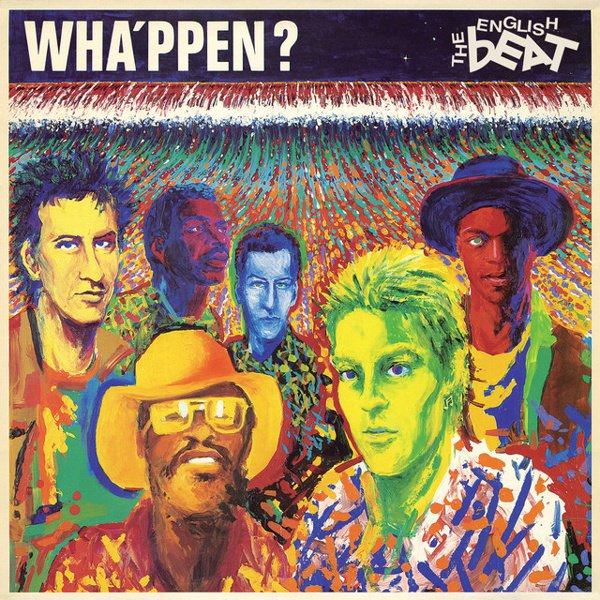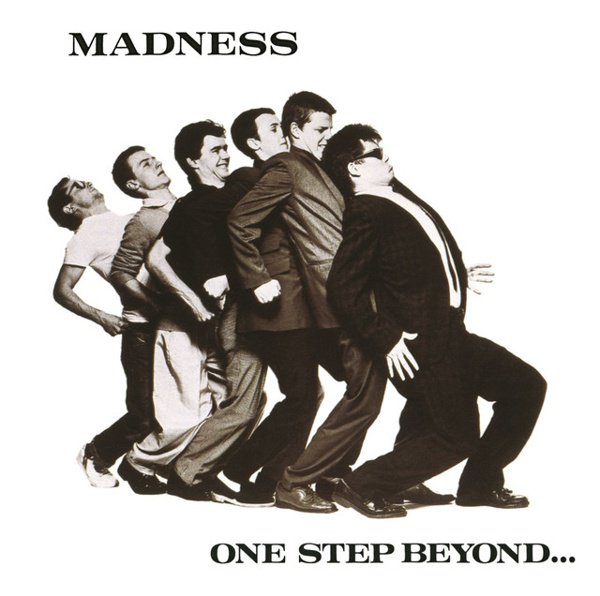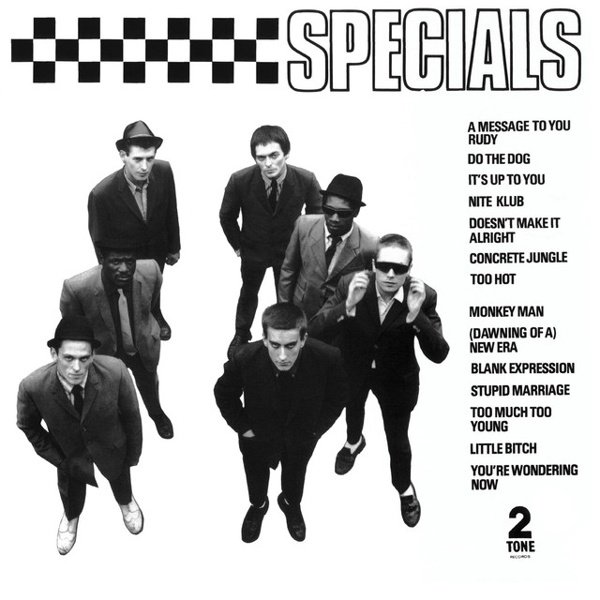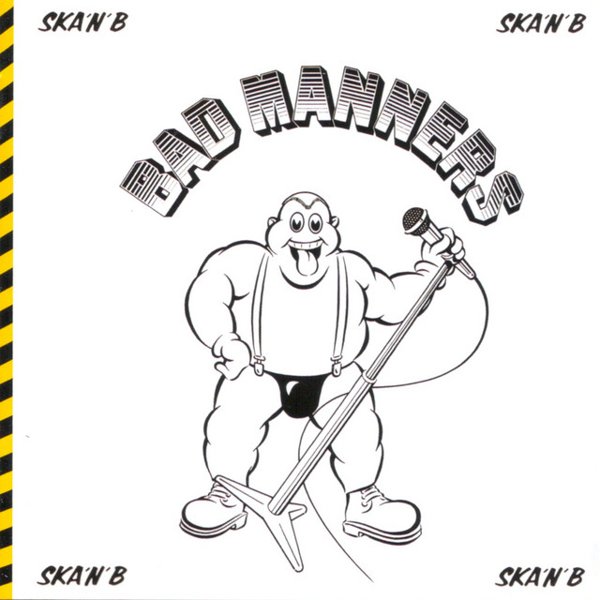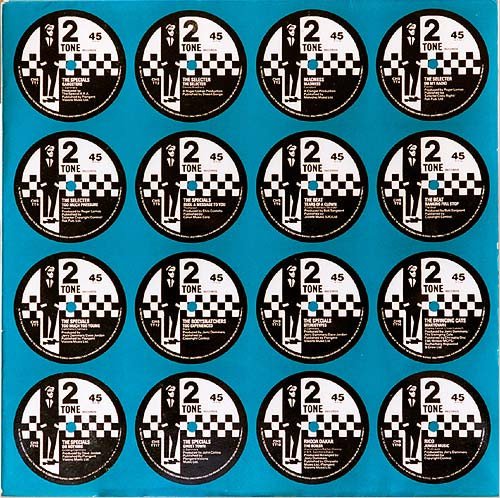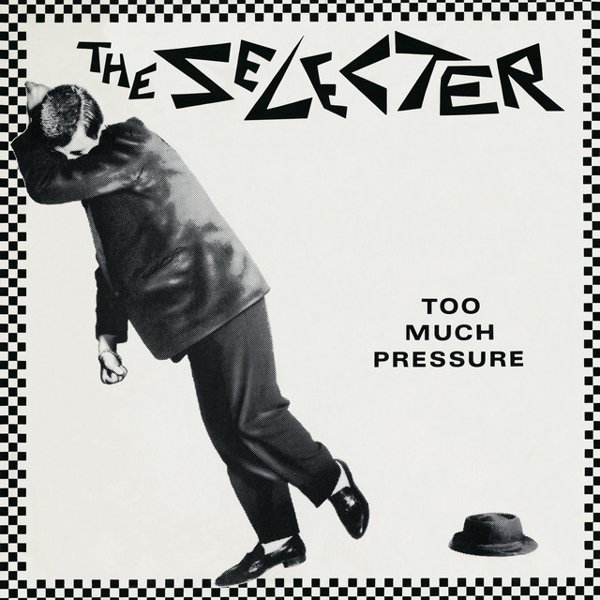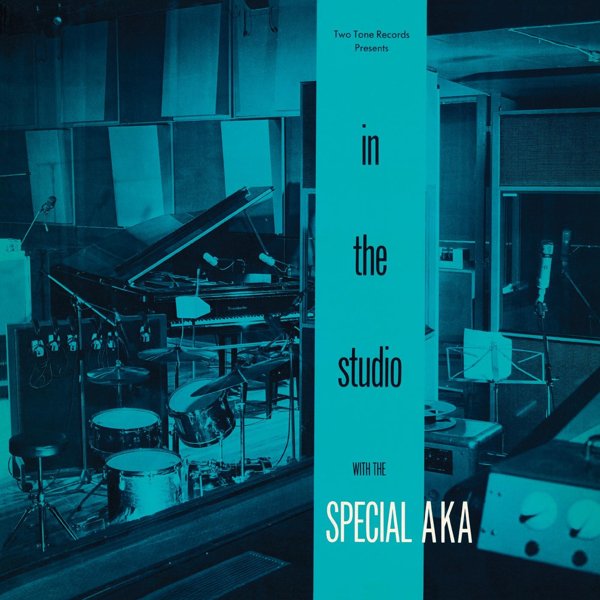Ska emerged in Jamaica in the 1950s. It was a spritely, galloping pop music form recognizable by its distinctive off-beat rhythmic pattern: in ska, while the snare drum would hit beats two and four – just like in the American soul and R&B music that influenced it – horns and guitars would play chopping chords immediately after each beat in the measure, often with a swing feel and accompanied by a walking bassline. Ska was irresistibly danceable, nothing else sounded quite like it, and it quickly became hugely popular both in Jamaica and among the West Indian diaspora communities in England.
Soon, however, the style began to morph: ska’s galloping tempo slowed somewhat and the rhythmic orientation began to shift. Its metronomically steady backbeats thickened into a more elastic groove that came to be called “rock steady” – which, itself, eventually slowed still further into the more laid-back rhythmic patterns of reggae. By the late 1960s, ska had been almost entirely overtaken in both Jamaica and the UK by these newer sounds, and by the early 1970s reggae had completely taken over Jamaica’s airwaves, dancehalls, and open-air sound system dances.
But ska had left a documentary record behind: songs by bands like the Skatalites, Justin Hinds, Desmond Dekker, and even future reggae stars Bob Marley and the Wailers (who, as the Wailing Wailers, had scored major hits during the ska era with songs like “Simmer Down” and “Rude Boy”) were there to be discovered by a new generation, and it wasn’t too many years before British youth rediscovered those records and fell in love with the original sound of ska. This rising generation of ska fans was largely located in the British Midlands, particularly in Birmingham and Coventry, where West Indian and white kids were going to school and hanging out together. In the late 1970s, a new wave of young ska bands arose and coalesced around the Coventry-based 2 Tone label. The label was founded by Jerry Dammers, keyboardist for the Specials, one of the most influential of this group of second-wave ska bands. Madness were signed as well, and the Beat (known in the US as the English Beat). The Selecter, Bad Manners, and the all-woman band the Bodysnatchers signed on as well, all of them bringing a fresh and punky energy to the traditional ska sound.
That sound was distinctive, but also diverse: the Bodysnatchers and Bad Manners drew deeply on a more traditional ska style, while the Beat began experimenting quickly with calypso and dub reggae, the Specials drifted into music hall and cabaret-inflected songs, and the Selecter specialized in a high-energy, punky ska sound. The 2 Tone brand (with its black-and-white checkerboard color scheme) had an important political subtext as well: these bands were all mutiracial, and at a time when racist skinheads and Rock Against Racism punk rockers were in constant conflict, the racial makeup of the 2 Tone groups was neither accidental nor entirely separable from their musical messages: songs like “Gangsters” (an early hit for the Specials) and the Selecter’s “Too Much Pressure” captured the tension of the moment.
Most of the 2 Tone bands left the label within a couple of years, and the label itself was defunct by the mid-1980s. But its influence continues to be felt: a third wave of young ska bands emerged in the early 1990s, many of them explicitly influenced by the sound of that first ska revival, and since then ska itself (in an ever-widening spectrum of stylistic varieties) has never fully disappeared from the pop music landscape.




